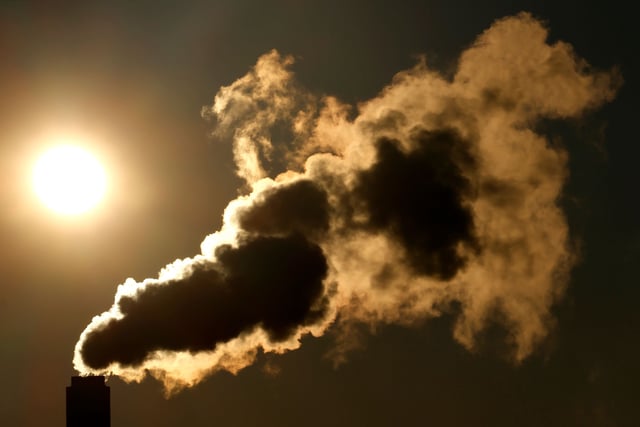Overview
- The EPA has finalized new regulations reducing the annual standard for fine particulate matter, or soot, from 12 to 9 micrograms per cubic meter, marking the first change since 2012.
- The new soot standards are expected to prevent up to 4,500 premature deaths and yield up to $46 billion in net health benefits by 2032.
- Industry groups have criticized the new regulations, warning of economic impacts and challenges in achieving compliance, especially with non-industrial sources like wildfires contributing significantly to soot levels.
- The regulations are part of the Biden administration's broader environmental and public health agenda, aiming to improve air quality and reduce pollution-related health risks.
- States and counties will have to develop compliance plans to meet the new standards, with the EPA providing guidance and support for managing sources of soot pollution, including exemptions for wildfires.



